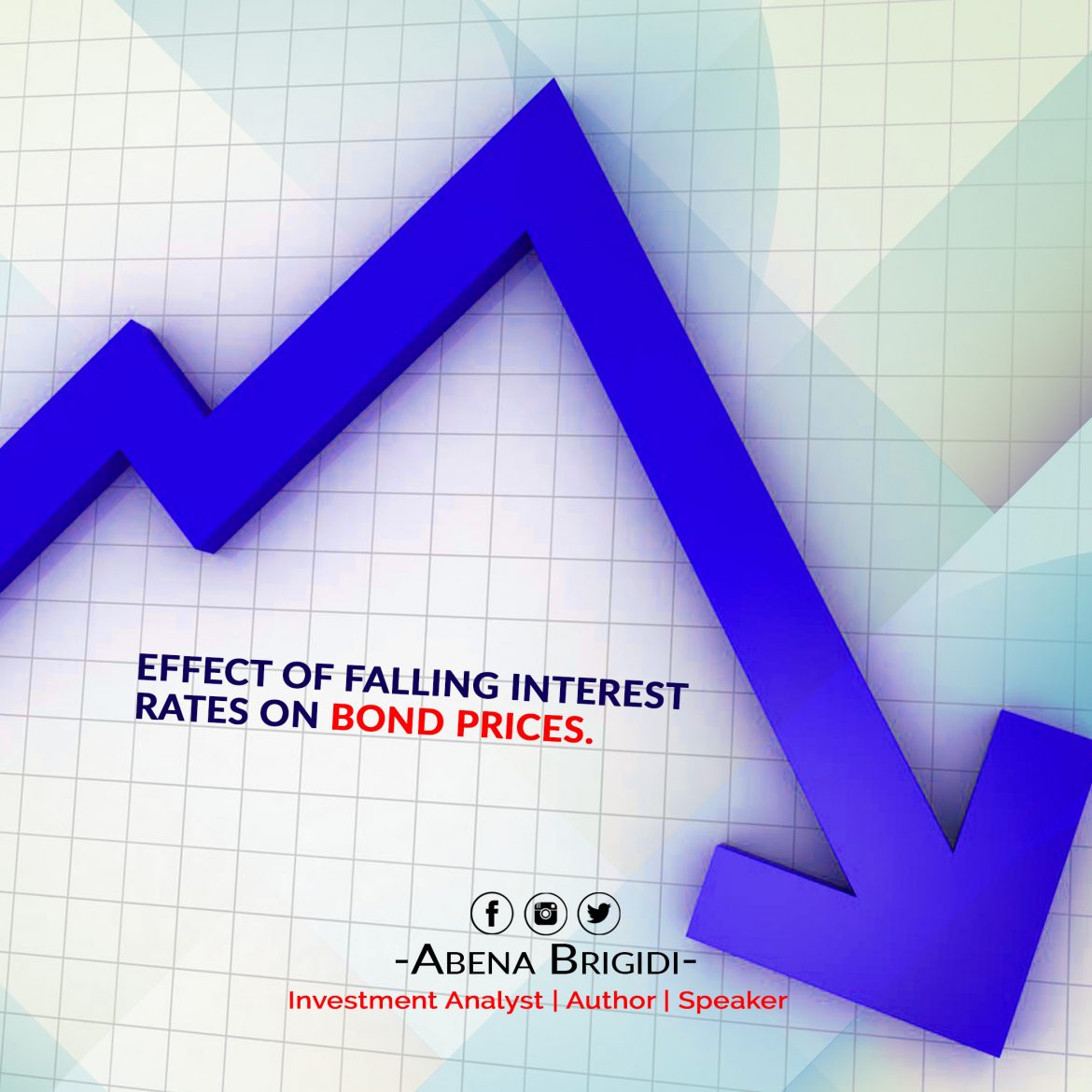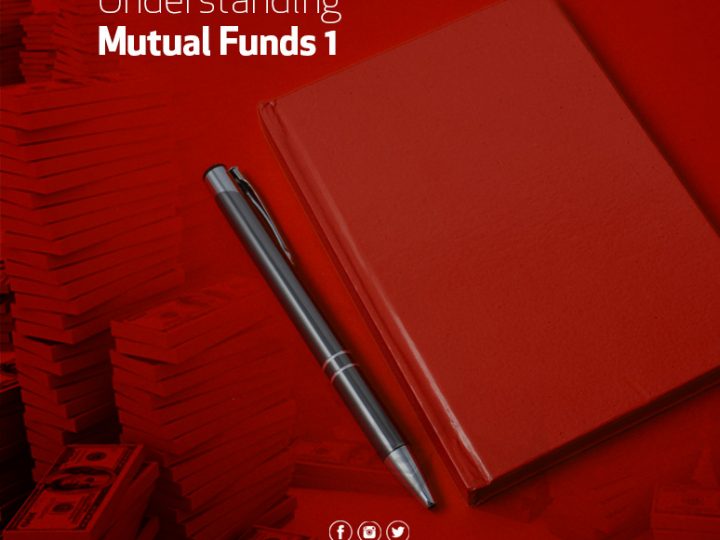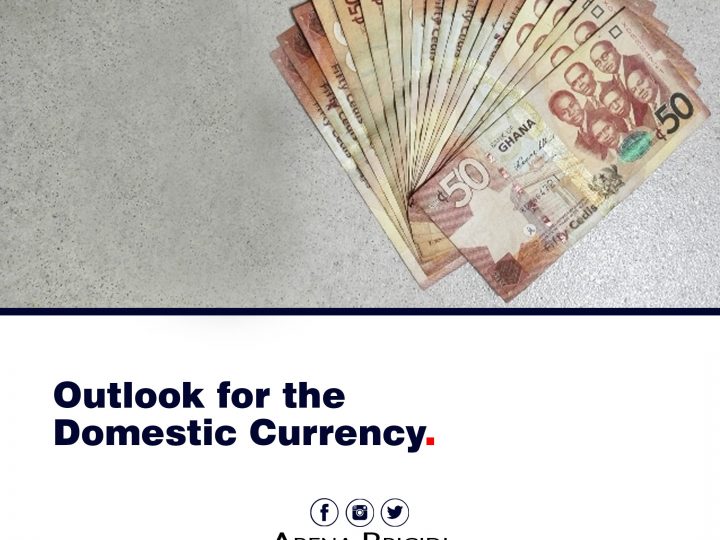
Bonds are debt securities that guarantee a fixed or variable interest rate for a defined period of time. When you purchase a bond in the capital market, you are basically loaning out money to the seller at a cost of the bond’s interest rate or coupon rate. This means that if you buy a bond instrument with a par or face value of GHC 100.00 at a coupon yield rate of 27% paid annually for one year, then you are loaning the seller GHC 100.00 for a guaranteed payment of GHC127 par value plus coupon at maturity.
If within the one year period, yields on similar bonds reduce below the 27% coupon rate agreed with the issuer, your bond will trade above the par value in the secondary market, because your bond would then be offering a higher yield compared with what can be found in the market. Please note that bond prices are inversely related to interest rates.
Currently, the decline in Treasury Yields should boost the prices of existing bonds in the market.
My proposed bond strategy for fund managers, managing client’s bond portfolios, is to buy long-tenor bonds to lock in funds at higher yields, given the prevailing upward sloping yield curve. This will help them to maximize returns in the current low interest rate environments.
Moving forward we will discuss risks associated with bond investments and the effects of a low interest rate regime on bonds in general.





